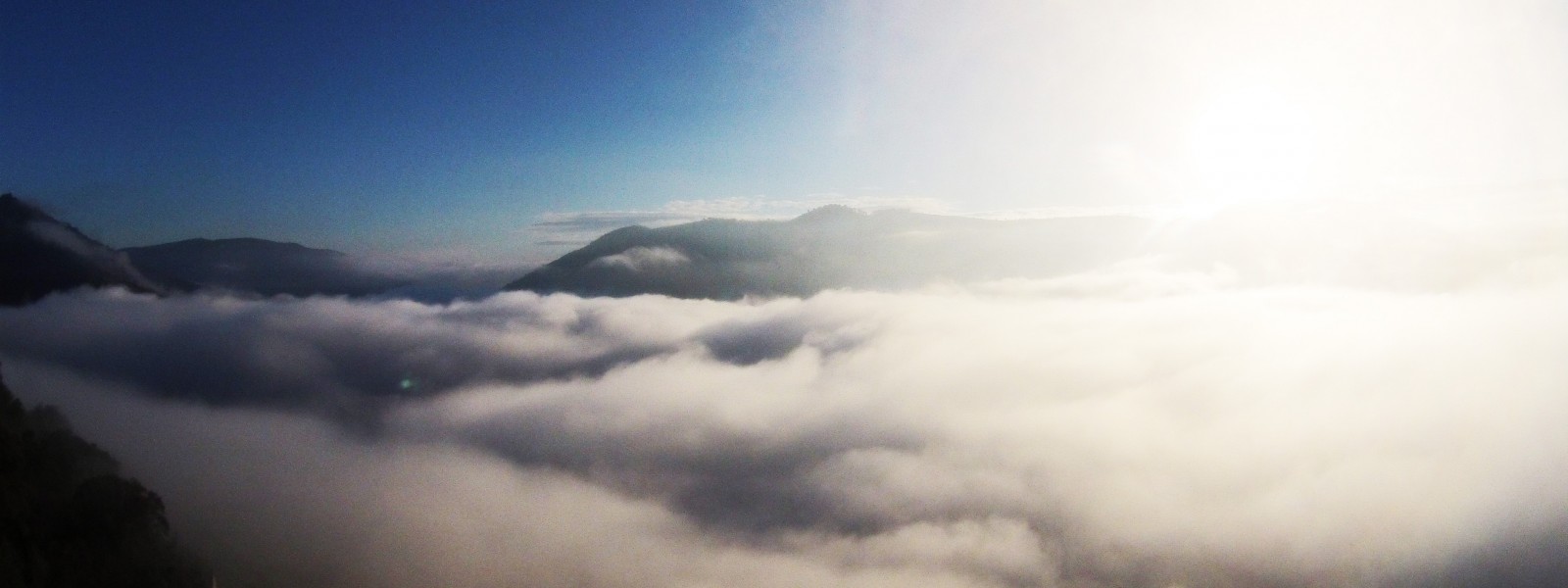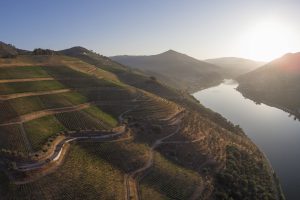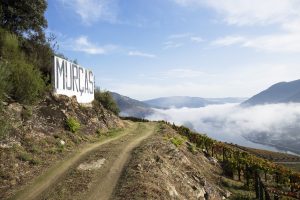Further down, by the water lines that flow into the meandering Douro River marking the southern boundary of Murças, throaty whistles can be heard in the cane fields: it is the Eurasian coot with its short calls, while the biggest surprise can be found on the north side, the highest point in the surrounding area. A large forested zone, with thickets of oaks and strawberry tree groves dotted with cork oaks and pine trees. Such a figure is rarely seen, but once spotted, remains forever in our memory. The largest nocturnal bird and one of the most impressive in Portugal. It measures between half a metre and almost 90 centimetres tall, with a wingspan nearing two metres, with enormous yellow eyes and plume-shaped ears. It is true. If you are fortunate enough, you can hear its distinctive “u-hu!” echoing in the Trasmontana night or even see the magnificent Eurasian eagle-owl.
Wings in the darkness
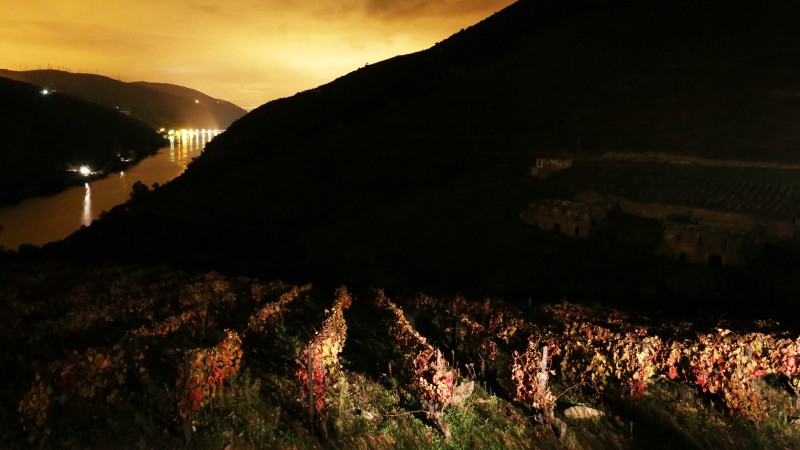
The Douro of other times flows slowly, less rich and between walls, its memories silently gliding, submersed in the dark and cold waters towards the sea, under the cover of night.
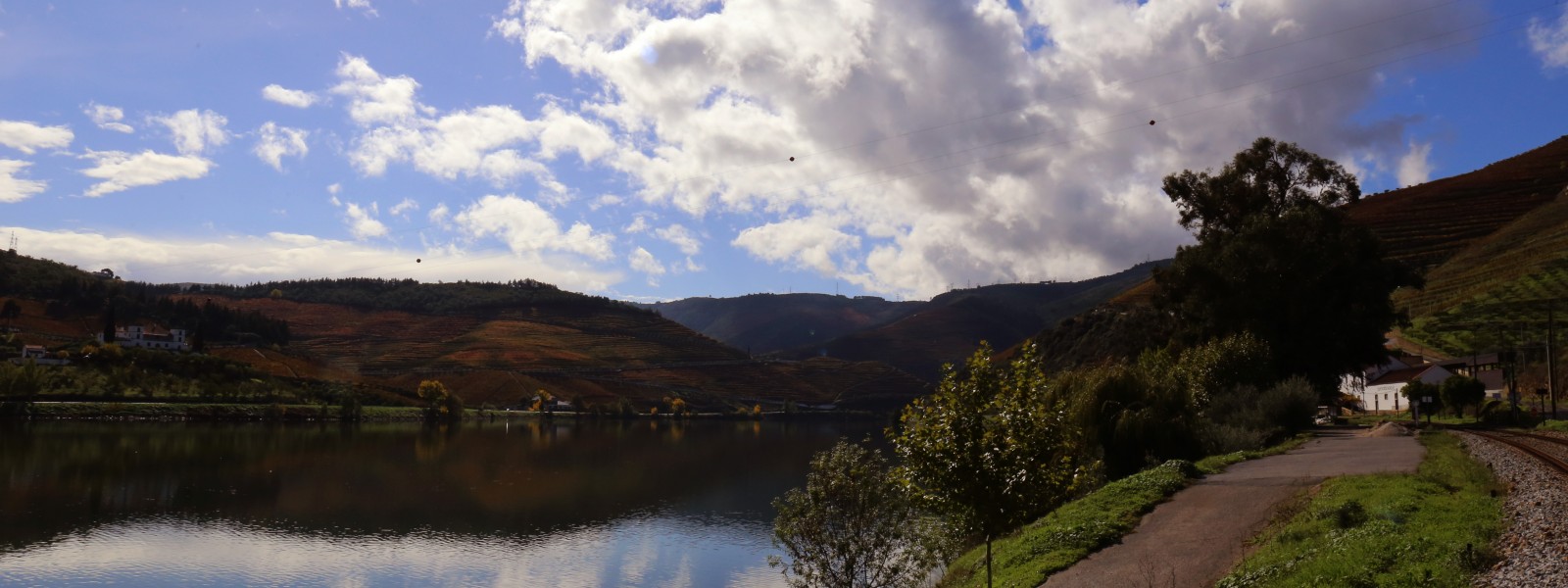
There they are: a mother and her three young, stripes already fading. They are looking for mushrooms, roots and acorns to fatten themselves. The cold weather is perceptible due to the circle of sparkling ice around the crescent moon and the fog that covers the highest slopes in the area, hours after dawn. The wild boars, also known as porcos do mato (forest pigs), are an integral part of the agroforestry ecosystem at Quinta dos Murças. They are also very important in terms of biodiversity, disturbing the superficial layers, aerating the soil and reintroducing organic matter that facilitates new plant and animal cycles. The next day, we can see ditches and pools in the mud, extending to create barriers to parasites. Once in a while, hunts are organised to help control the populations, now that the wolves have long been part of the legends of yore; however, sometimes we also unfortunately discover that some have been captured and killed by poachers, who use scent traps to attract the animals.
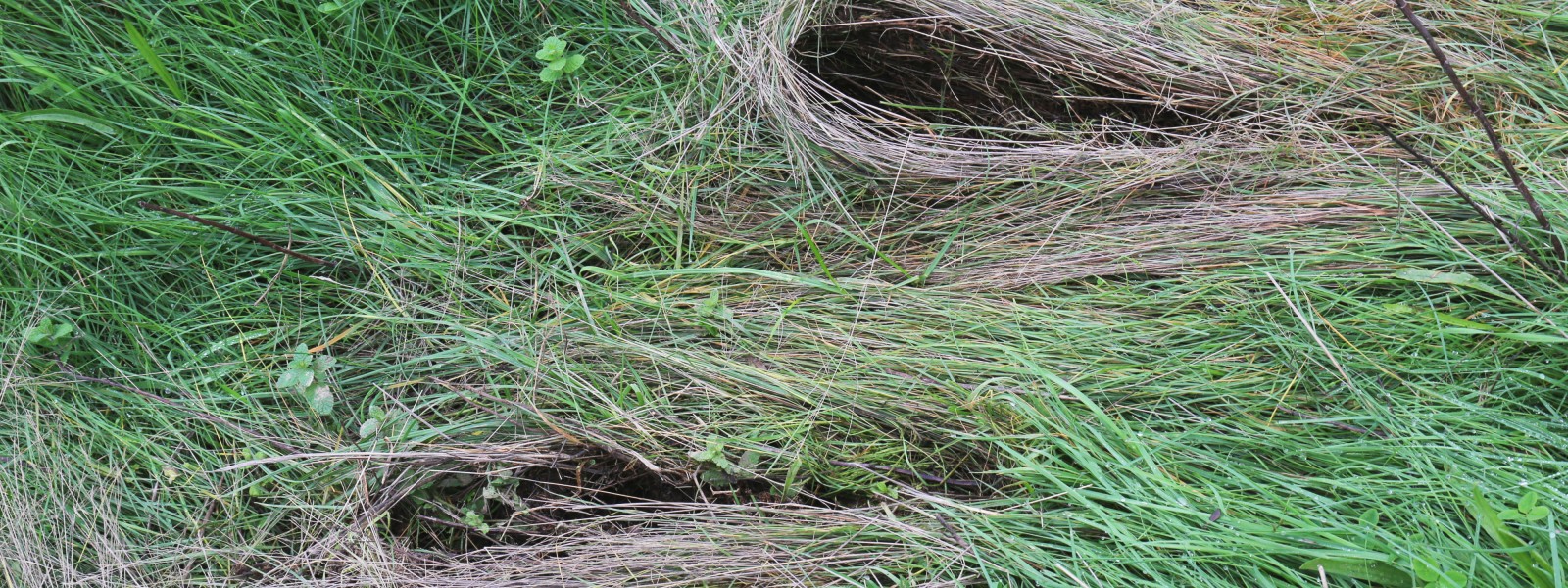
In addition to the genet we have just seen caught in the headlights, we could mention foxes, martens, weasels and even squirrels, moles, and if we are very lucky, wild cats and wolves. Yes, they are still around and growing in numbers again, the result of a huge investment made to protect, preserve and enhance the populations, after other animals from Spain were introduced. In winter, it is common to see young males roaming the more isolated mountain ranges looking for territory to conquer.
For us, it is positive to imagine a world like that: where people and woodland animals can coexist in harmony and where the howl of the wolves can be heard again, harking back to ancestral imagery, where humans were still in search of their place in this fascinating landscape.
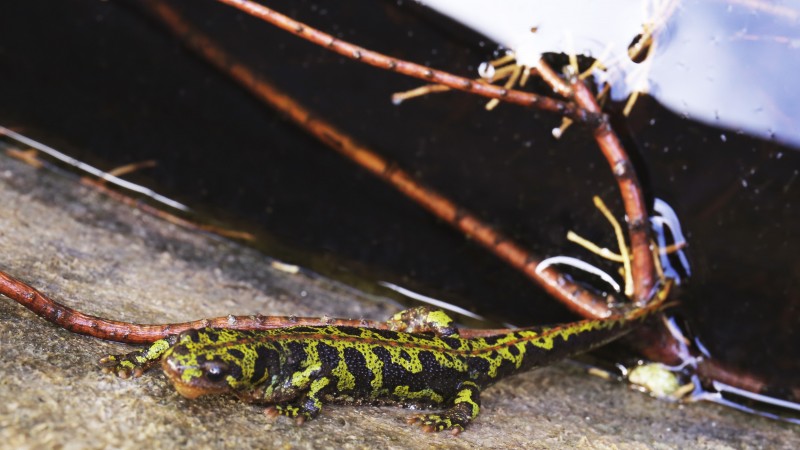
Today, the house is being renovated and adapted to 21st-century creature comforts and requirements, while maintaining the utmost care and respect for traditional aspects of style, materials and building techniques combined with modern methods of sustainable construction and careful management of construction waste, materials, water and energy.
Quinta dos Murças dates back to the 18th century, but it was in the 1940s that major investment was made in both renovation and the vineyards. The first vertically trained vines were planted here, which became a curious feature of the region. And it was the man that brought about this change, Manuel Pinto de Azevedo, who would later enter the thoughts of all who came here.
According to legend, his personality was so strong and became so closely associated with the history of the farm that, even after his death, something of him remained here. Perhaps a spirit that watches over Murças. Of course, no one here believes in ghosts; however, if, at night, a strange sound is heard in the cellar, if steps echo or something moves, then doubt arises: is it the ‘old man’? In the old house, there was a historic room containing a portrait of Manuel Pinto de Azevedo that no one had any reason to fear. Even so, those who slept there felt a little intimidated when looking at the face of the ancestor and, letting their imagination run away with them, they often wondered: was there something more to that portrait? Many people preferred to sleep in other rooms, in the company of others, not because they believed in the supernatural, but “just in case”; better safe than sorry.
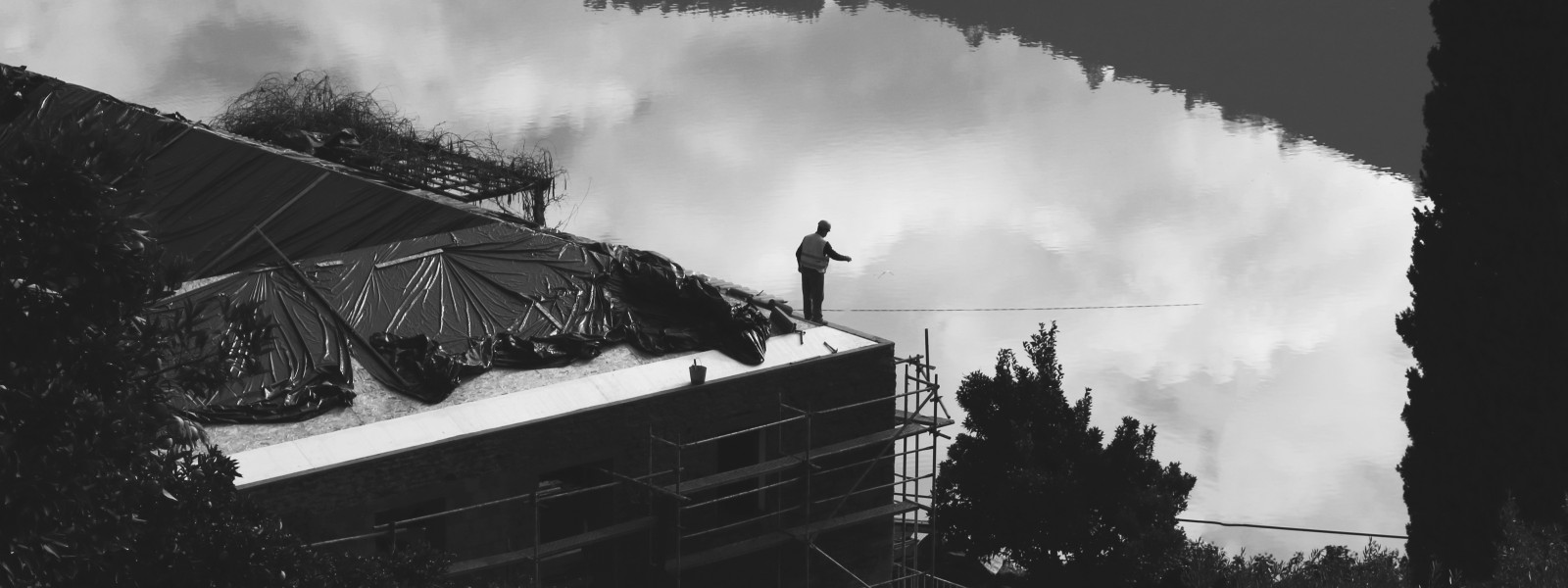
It is gone two in the morning and the cold that should be felt is disguised by something that makes the humid northern wind kinder: the satisfaction of discovering the marvellous, dark side of Quinta dos Murças.
